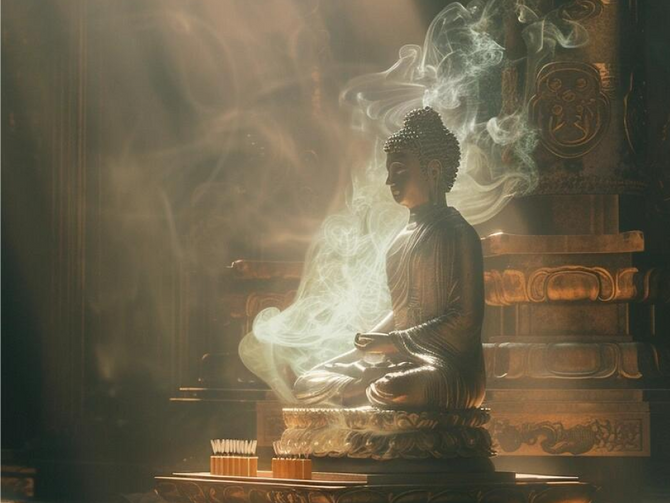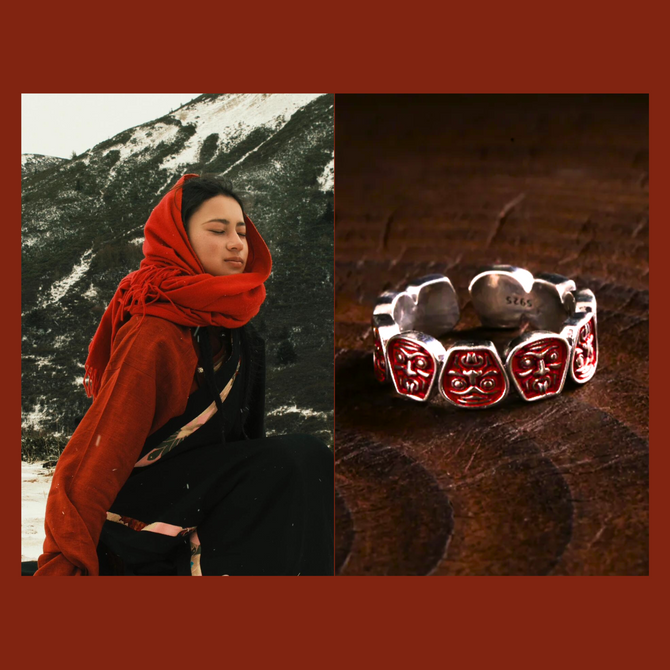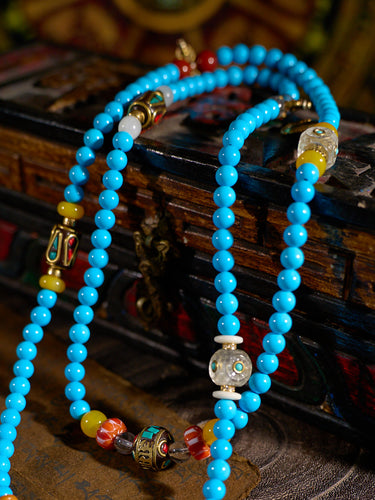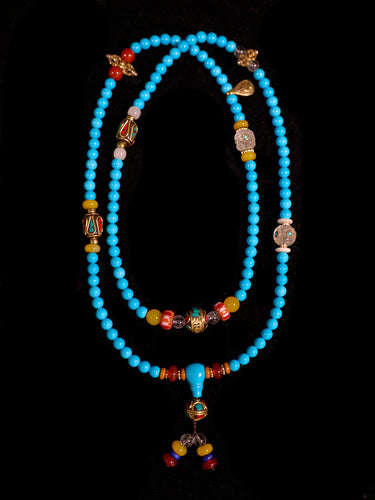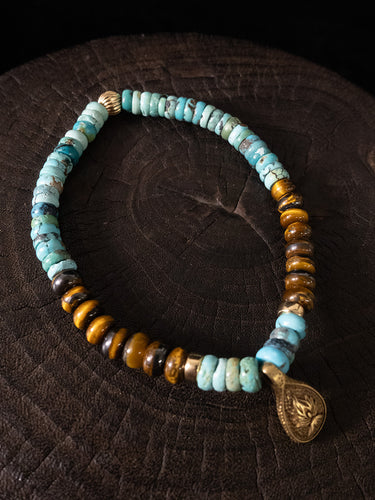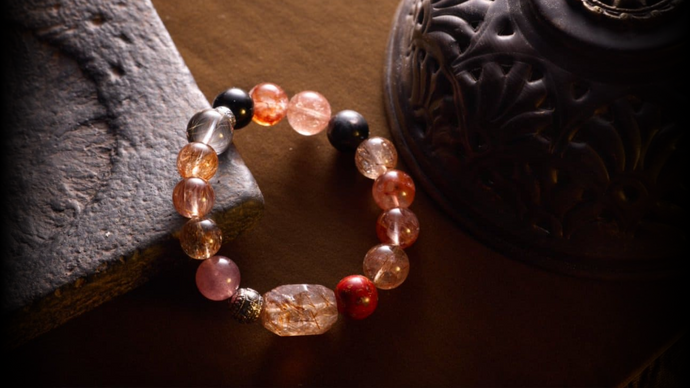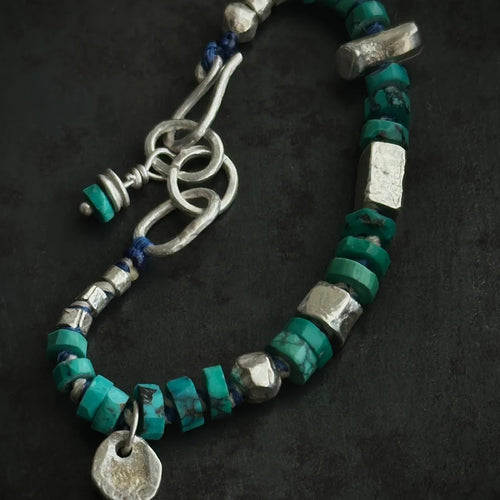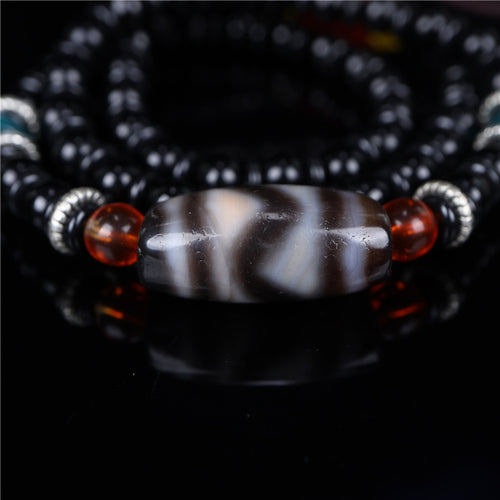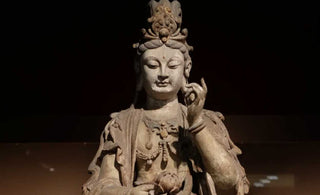
At Oriental Aesthetics, we take great pride in our mission to provide systematic, high-quality professional services for oriental artists, collectors, and enthusiasts who appreciate and love classical oriental art. In this article, we embark on a captivating journey through history to explore the origins and significance of the Guanyin Statue Painted Wood Phoebe Zhennan, a remarkable masterpiece that holds a special place in the realm of oriental art.
Unveiling the Guanyin Statue
As we unveil the magnificent Guanyin Statue, we are greeted by a mesmerizing work of art that embodies grace and compassion. Crafted with meticulous detail and artistry, this masterpiece has captivated the hearts of art enthusiasts worldwide.The Guanyin Statue is a testament to the ancient art of woodcarving, a technique that has been perfected over centuries. The skilled artisans have transformed a simple block of wood into a lifelike representation of the bodhisattva Guanyin. The intricate carvings breathe life into the wooden medium, showcasing the expertise and dedication of the craftsmen.One remarkable example of woodcarving excellence is the Guanyin Statue housed at the Lingyin Temple in China. Standing at an impressive height of 82 feet, this colossal statue is intricately carved from camphor wood. The delicate folds of the robes, the serene expression, and the flowing contours of the statue evoke a sense of tranquility and spiritual presence.
In addition to the masterful woodcarving, the Guanyin Statue is adorned with vibrant colors that further enhance its beauty. The application of mineral pigments and natural dyes brings the artwork to life, creating a visual feast for the eyes. The meticulous brushwork and color blending techniques employed by the artisans result in a harmonious composition that exudes elegance and grace.
The Guanyin Statue holds deep cultural and spiritual significance. As a representation of Guanyin, the bodhisattva of compassion and mercy, it serves as a source of inspiration and solace for many. Devotees see the statue as a physical embodiment of these divine qualities, fostering a sense of connection and devotion. It becomes a focal point for prayers, meditation, and contemplation, allowing individuals to deepen their understanding of Buddhist teachings and seek spiritual enlightenment.
The Ancient Art of Woodcarving
The ancient art of woodcarving is a testament to human ingenuity and creativity, showcasing the remarkable skill and craftsmanship of artisans throughout history. This timeless technique has left an indelible mark on the world of art, with oriental woodcarvings standing as breathtaking examples of this revered tradition.
One notable example of the ancient art of woodcarving can be found in the stunning Longmen Grottoes in China. Carved into the limestone cliffs, these intricate sculptures date back to the Northern Wei Dynasty (386-534 CE) and serve as a testament to the mastery of the craftsmen of that era. The statues, including those of the bodhisattva Guanyin, exhibit exquisite attention to detail, with delicate facial features, flowing garments, and serene expressions that bring the stone to life.
Woodcarving techniques vary across different cultures and regions, with artisans employing a range of tools and methods to bring their visions to life. Chisels, knives, and gouges are used to shape the wood, while fine detailing is achieved through delicate carving and sanding. Patience, precision, and a deep understanding of the wood's characteristics are essential for creating intricate and lifelike sculptures.The ancient art of woodcarving continues to inspire and amaze, with master artisans carrying on this revered tradition to this day. The skill, dedication, and attention to detail displayed in woodcarvings serve as a testament to the enduring power of human creativity and the timeless beauty of oriental art.
Origins and Symbolism
The Guanyin Statue Painted Wood Phoebe Zhennan finds its origins in the rich cultural heritage of China, where it holds a significant place in the realm of oriental art. The use of Phoebe Zhennan, a rare and highly prized wood, adds to the statue's significance and allure.
Phoebe Zhennan, also known as Nanmu, has been treasured for centuries for its exceptional durability and lustrous grain. Its use in the creation of the Guanyin Statue showcases the reverence and admiration for this precious material. The wood's natural beauty and unique characteristics provide a fitting canvas for the intricate carving and painting that bring the statue to life.Symbolically, the Guanyin Statue represents compassion, mercy, and spiritual enlightenment. Its serene countenance and graceful posture embody the ideals of the bodhisattva, offering solace and inspiration to those who encounter it. The delicate brushwork and vibrant colors applied to the statue further enhance its beauty and ethereal presence, evoking a sense of tranquility and spiritual connection.
To illustrate the significance of Guanyin statues, we can look at the renowned Dazu Rock Carvings in China. These intricate stone carvings, dating back to the Tang and Song Dynasties, feature numerous depictions of Guanyin. The statues, carved into the cliffs of Dazu, portray Guanyin in various forms and poses, each with its own symbolic meaning. These carvings served as religious icons and expressions of devotion, reflecting the deep spiritual significance associated with Guanyin.The Guanyin Statue Painted Wood Phoebe Zhennan, with its use of the rare and exquisite Phoebe Zhennan wood and its portrayal of the compassionate bodhisattva, embodies the cultural and artistic heritage of China. It stands as a testament to the craftsmanship and symbolism that have made Guanyin statues revered and cherished throughout history.
Artistic Techniques
The creation of the Guanyin Statue involves a harmonious blend of artistic techniques that showcase the skill and mastery of the craftsmen involved. From the intricate woodcarving to the delicate application of colors, each step in the artistic process contributes to the statue's captivating beauty.
Woodcarving, a technique that has been refined over centuries, lies at the heart of the creation of the Guanyin Statue. Artisans utilize a variety of tools, such as chisels and gouges, to carefully shape the wood and bring out the desired form and texture. The intricate details, such as the flowing robes and serene facial expressions, are meticulously carved to capture the essence of the bodhisattva.To further enhance the visual impact of the statue, the application of colors plays a crucial role. The use of mineral pigments and natural dyes adds vibrancy and depth to the artwork. Skillful brushwork is employed to delicately apply the colors, allowing for subtle shading and blending that bring the statue to life. This meticulous process highlights the craftsmanship and attention to detail of the artists.
One remarkable example of artistic techniques can be seen in the Guanyin statues found in the Mogao Caves of Dunhuang, China. These ancient cave temples house a vast collection of Buddhist art, including intricately painted Guanyin statues. The use of vibrant colors, intricate patterns, and skilled brushwork in these sculptures exemplify the artistic techniques employed by the craftsmen of the time.In addition to woodcarving and painting, other techniques may be incorporated into the creation of the Guanyin Statue. These may include gilding, where gold leaf or gold paint is applied to certain areas of the sculpture to add a sense of opulence and radiance. The use of inlay work, where precious materials like jade or mother-of-pearl are inserted into the wood, can further enhance the statue's visual appeal.The artistic techniques employed in the creation of the Guanyin Statue result in a masterpiece that transcends its material form. The meticulous woodcarving, delicate painting, and additional embellishments combine to create a work of art that captures the essence of the bodhisattva and evokes a sense of awe and reverence.
In conclusion, the Guanyin Statue Painted Wood Phoebe Zhennan stands as a testament to the enduring beauty and spiritual significance of oriental art. Its intricate woodcarving, vibrant colors, and rich symbolism make it an exceptional masterpiece that continues to captivate and inspire. As Oriental Aesthetics, we are committed to providing professional services that honor and promote the appreciation of classical oriental art. With our expertise and dedication, we strive to preserve and share these treasures with art enthusiasts and collectors worldwide.



